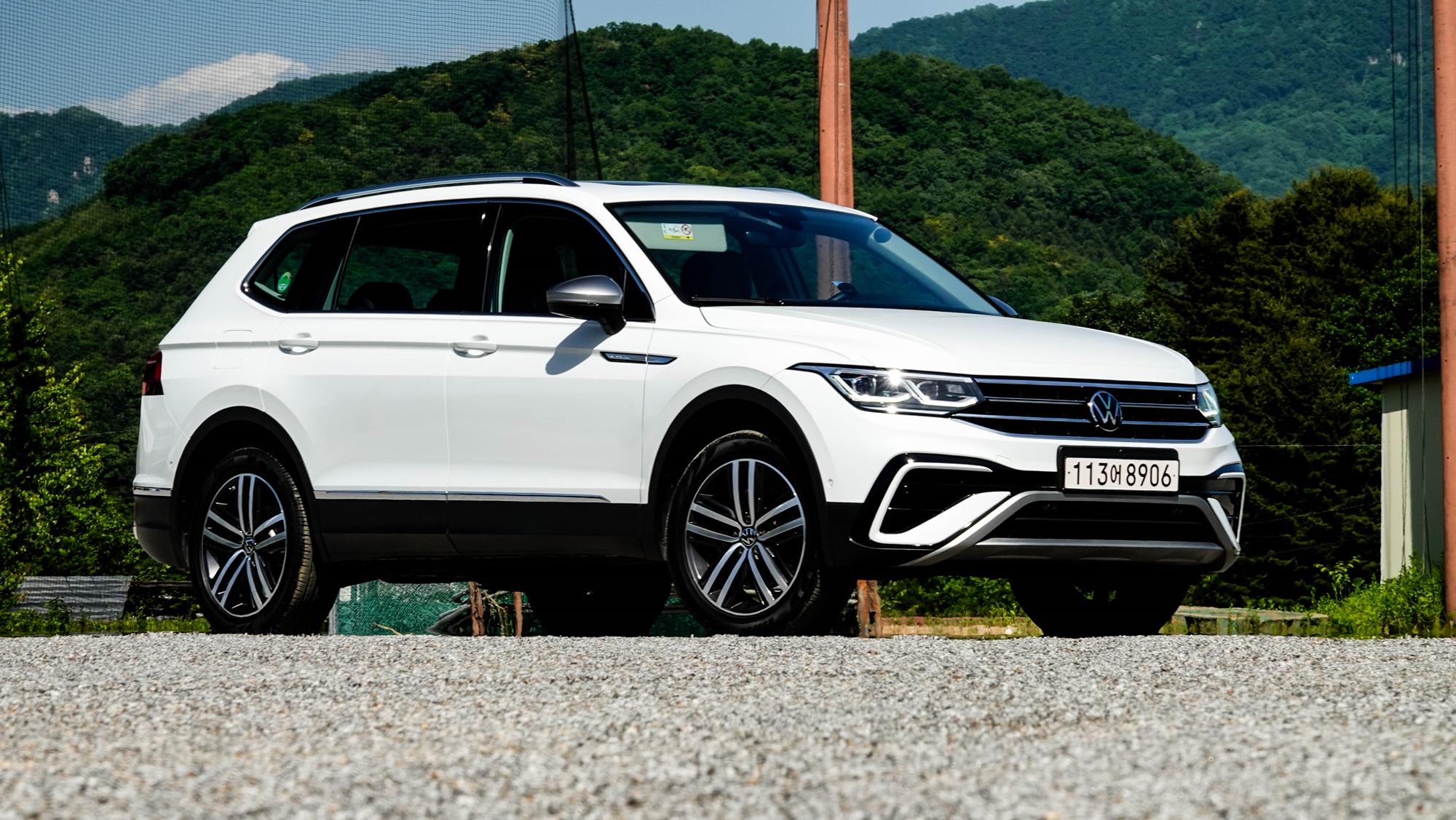
Opening the door and getting into the driver’s seat, the memory that comes to mind is why, of all things, it was a military uniform. The carefully pressed fatigues. I remember worrying about ruining those creases as I hopped on the bus over the Caramel Pass. It must have been around this time of year.
It was a straight line. As I got into the driver’s seat of the Tiguan Allspace, which stood at attention like a soldier, the rigid line of the dashboard caught my eye. It stood firm, just like the crisply ironed military creases.
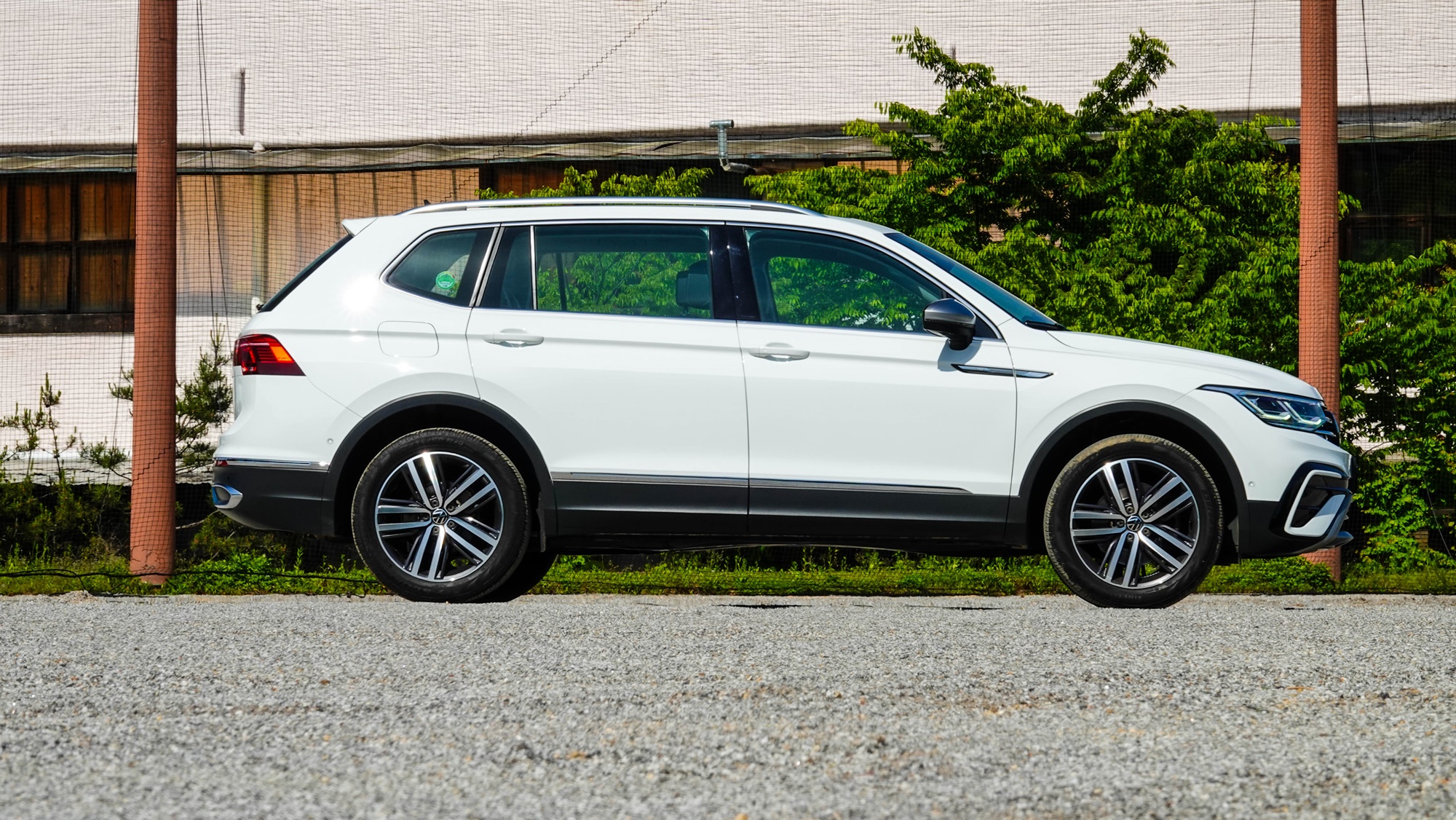
The Tiguan Allspace is dominated by straight lines in its design, both inside and out. The headlamps, the radiator grille, the prominently visible shoulder line from the side, the rear gate, and the rear lamps—all are controlled by straight lines. Curves have vanished from its appearance. It gives off a vibe reminiscent of tailored uniforms.
Riding the Tiguan Allspace, I enjoyed a late spring picnic somewhere near Caramel Pass. It is an old model. The changes to the product have not been significant. Someone might joke that it’s a relic. However, it can be explained that the quality has stabilized over time. It is a car with deep flavor, like aged kimchi.
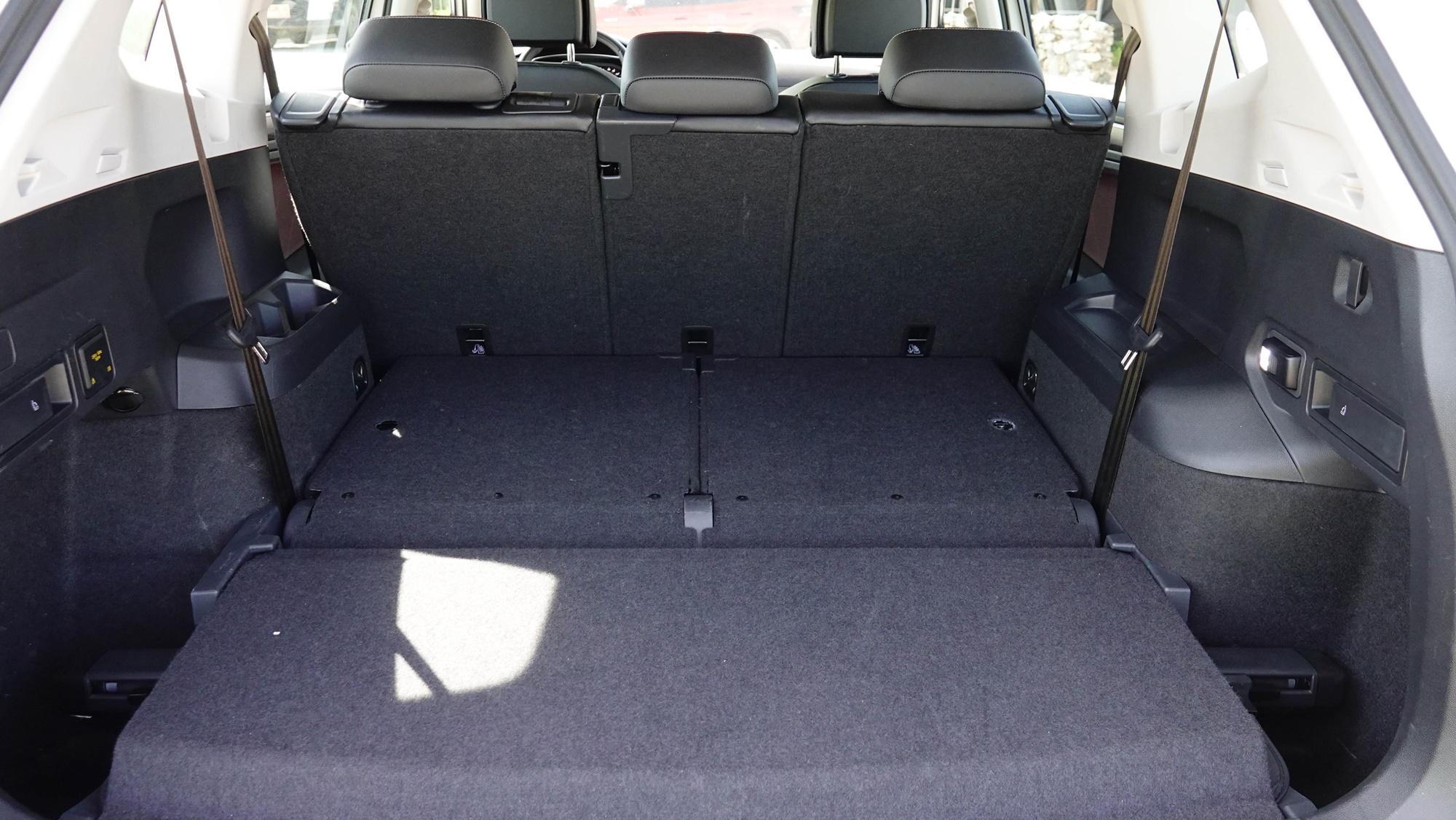
It’s a 7-seater. The regular Tiguan is a 5-seater, while the Tiguan Allspace accommodates 7. The third-row seat folds into the trunk floor and can be pulled out when needed. The second-row seat has a sliding function, allowing space to be shared with the third row. This gives you a spacious 5-seater or a 7-seater that can divide space front to back. The ability to choose as needed enhances the competitiveness of this car. The second-row seats slide back and forth by 180mm.
The trunk space varies from 230L to 1,775L. You could easily fit belongings for moving into it.
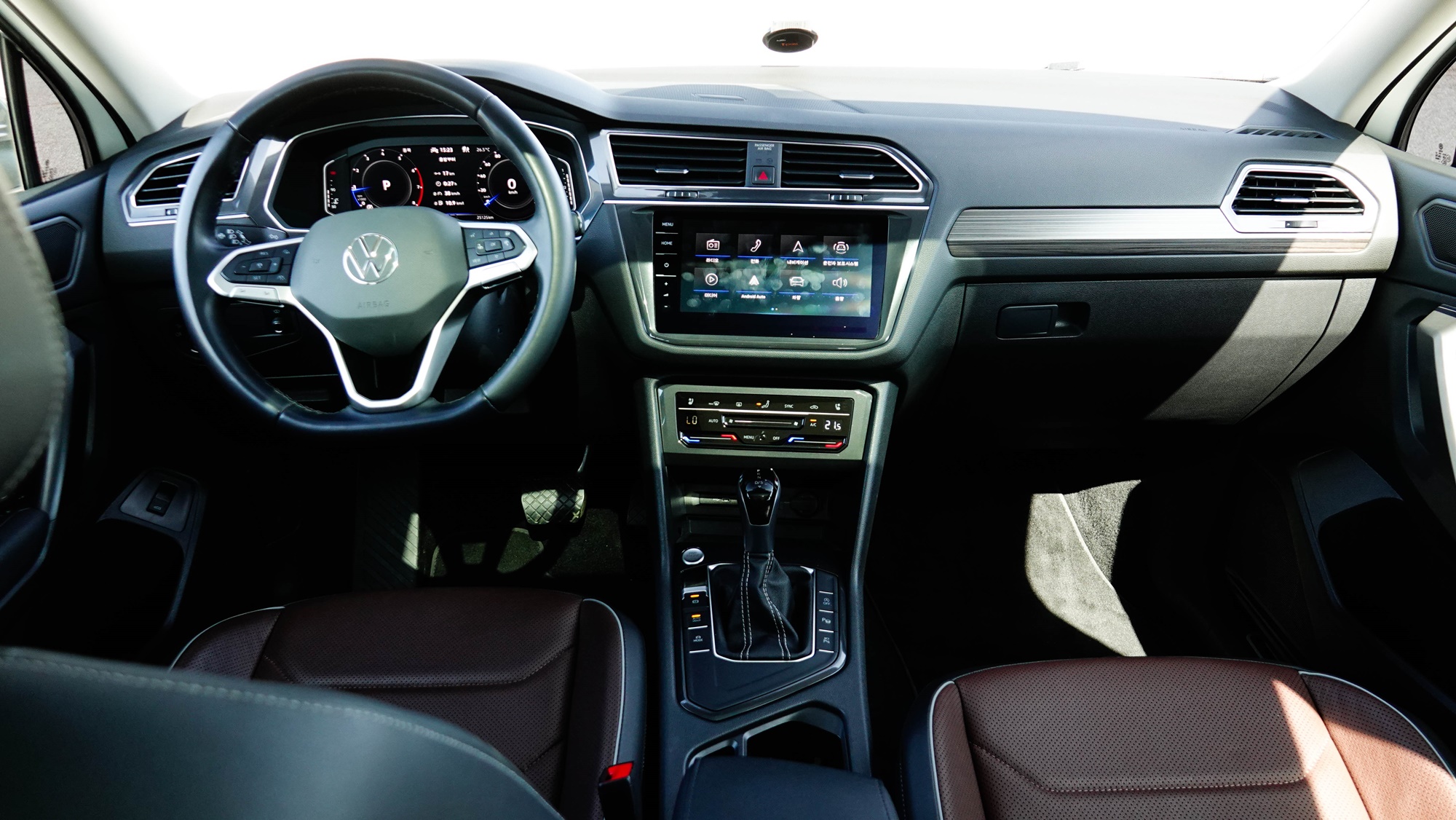
The steering wheel makes a 2.5 rotation. Measuring 4,730mm in length and 2,790mm in wheelbase, it has a perfect steering ratio. As a mid-size SUV, you can expect balanced steering. In reality, it delivered precisely that as I drove along the winding roads by the Bukhan River; the feel and response of the steering wheel were neither excessive nor lacking.
It has a turbocharged, direct-injection 4-cylinder gasoline engine with 186 horsepower and 30.6kgm of torque. While it’s not a bragging power, it’s also not something to be ashamed of. Given its kerb weight of 1,752kg, the power-to-weight ratio is 9.4kg per horsepower.
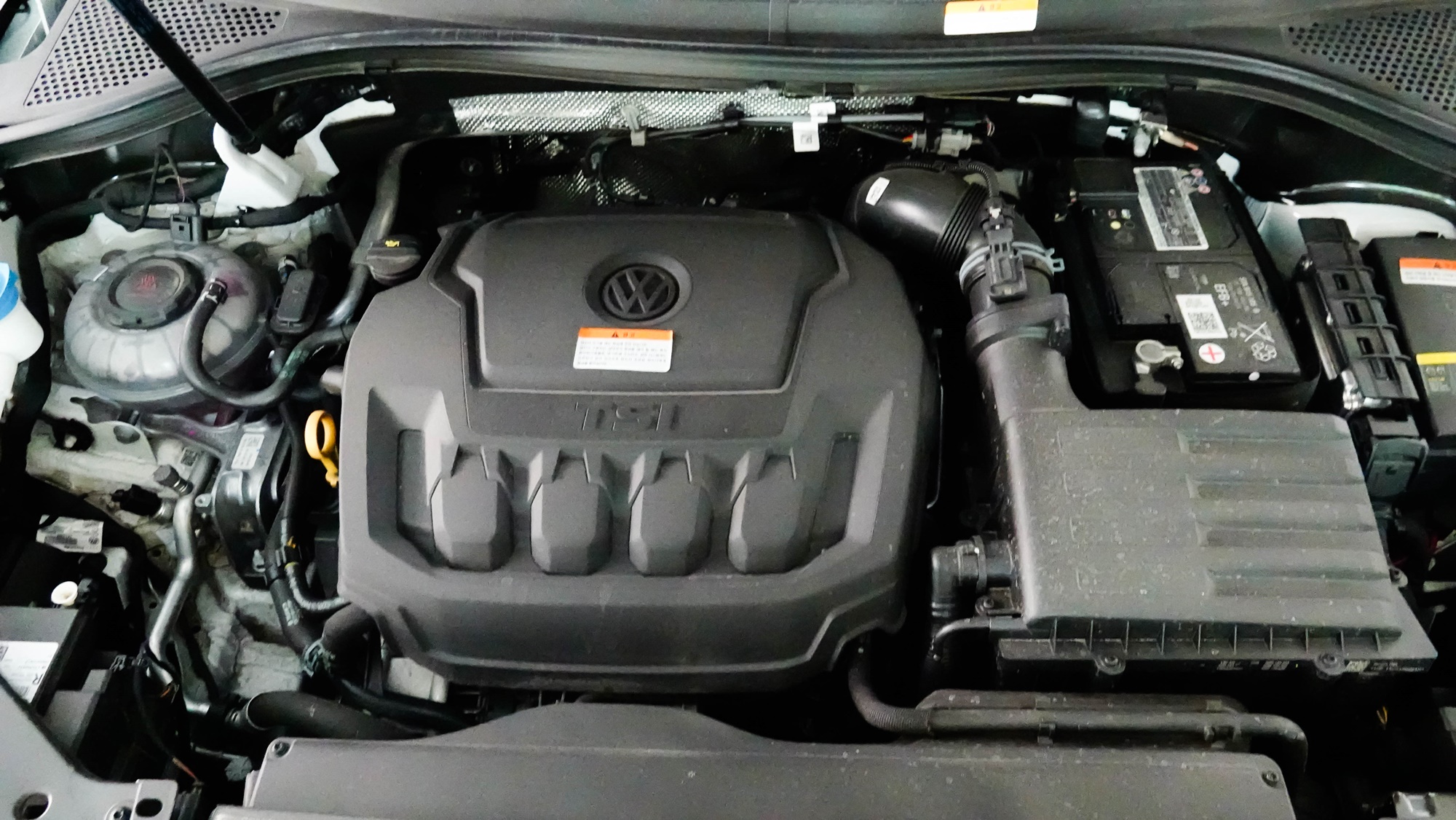
An 8-speed automatic transmission modulates that power. Depending on the driving mode, the sensations of power change noticeably. There’s an Eco mode that takes it easy, saying, “You should have come yesterday,” and there’s a Sport mode that responds instantly to any command to launch. The differences were quite clear.
At 1,600rpm in 8th gear, it covers 100km/h in 3rd gear at 4,800rpm. There are options for the driver in between the efficiency of the 8th gear and the performance of the 3rd gear.
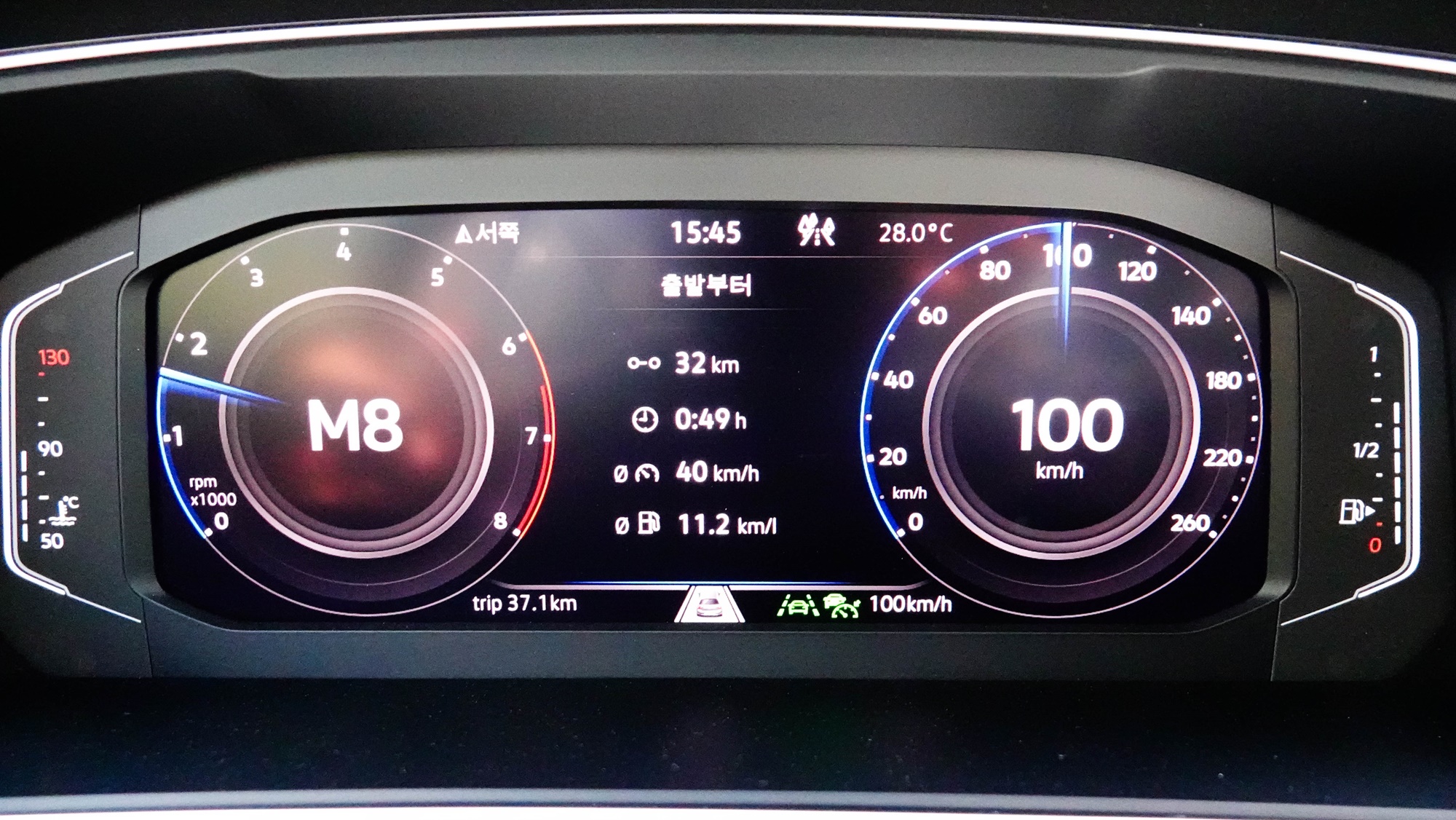
The official combined fuel economy is 10.1 km/L. Departing from Seoul to Gapyeong, I traveled 67 km over 1 hour and 36 minutes, achieving an average speed of 42 km/h and a fuel efficiency of 10.7 km/L. This was achieved while using both Eco and Sport modes without worrying about fuel consumption. On the return trip, I cautiously used only the Eco mode, covering 68 km in 1 hour and 22 minutes at an average speed of 50 km/h, which resulted in a fuel economy of 12.8 km/L. This reaffirmed that fuel economy largely depends on the driver’s approach.
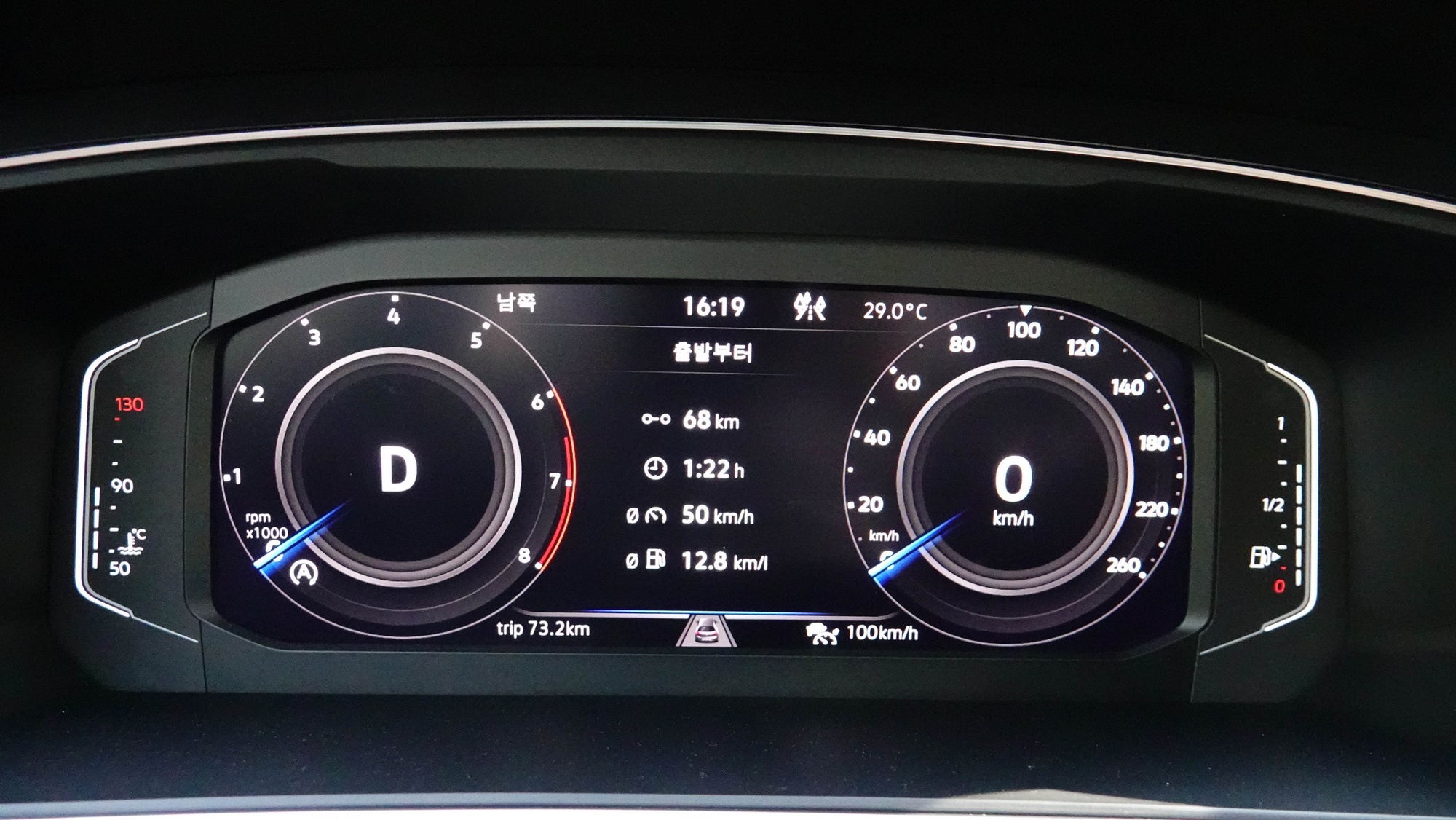
It is classified as a low-emission eco-friendly vehicle, allowing benefits such as discounts at public parking lots, transfer parking discounts at Seoul subway stations, and airport parking discounts.
The 10.25-inch Digital Cockpit Pro presents a wide range of driving information clearly. It can display navigation maps prominently, showing speed, engine RPM, fuel efficiency, and driving assistance systems. The center fascia monitor is 9.2 inches and features the MIB3 Discover Pro infotainment system. It supports Apple CarPlay and Android Auto and includes a wireless smartphone charging function.
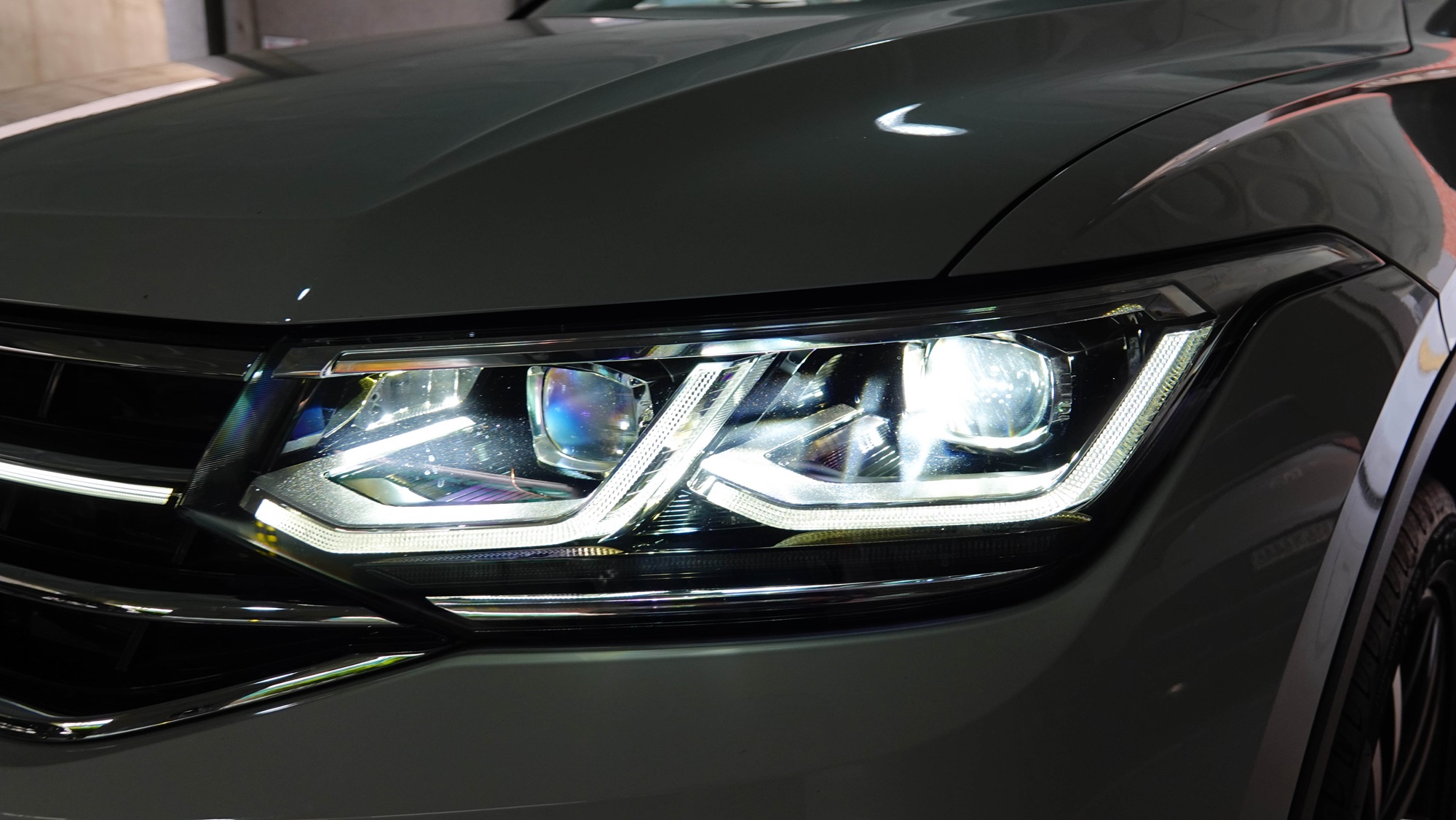
The ‘IQ.Light-LED Matrix Headlamps’ are an intelligent interactive lighting system. Twenty-two LEDs within the LED matrix module are individually turned on and off according to driving conditions, integrating data from the front camera, map data, GPS signals, steering angle, vehicle speed, among others. They are smart headlights.
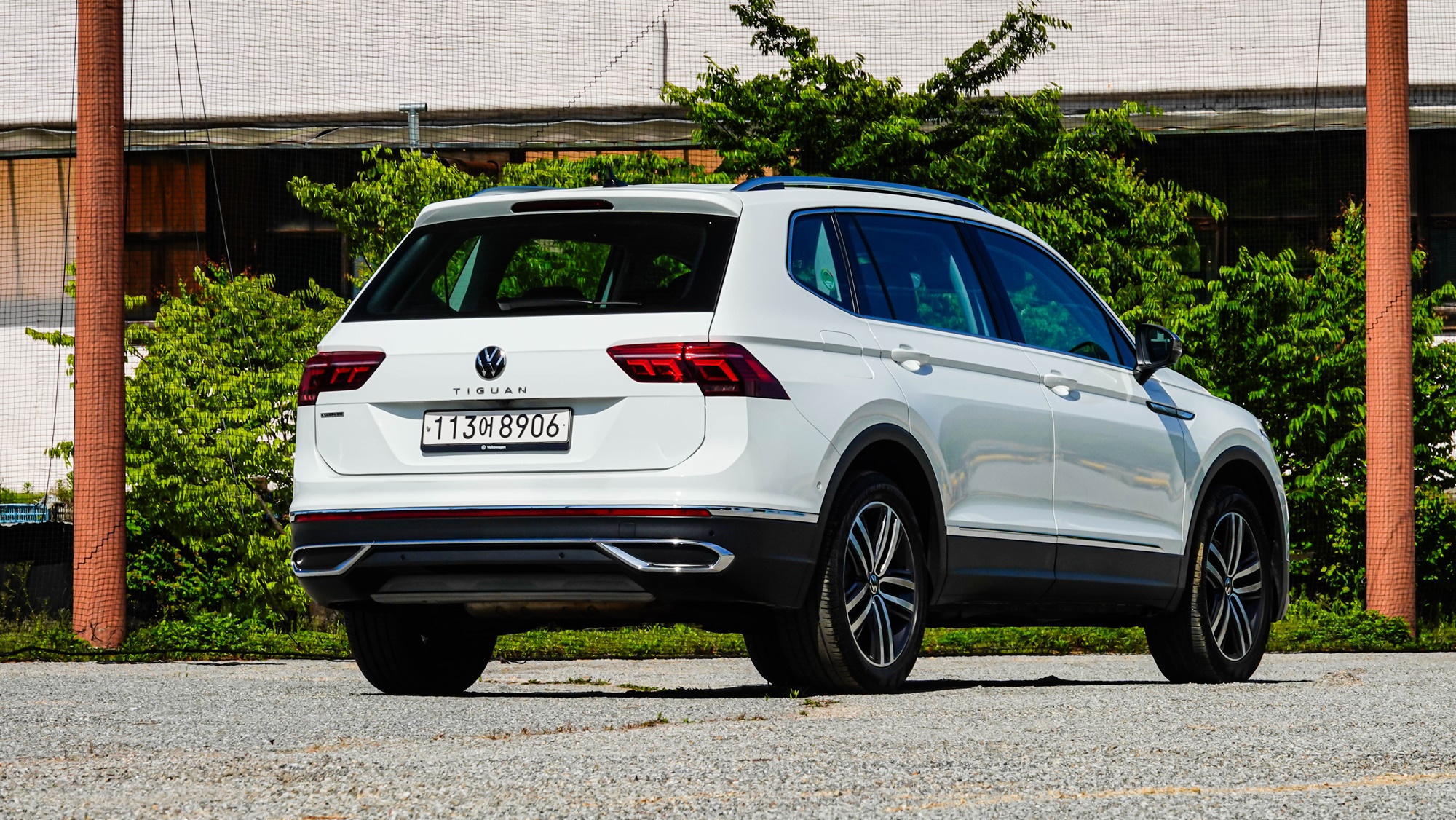
The driving assistance systems functioned accurately. The ‘IQ.Drive-Travel Assist’ helps maintain the distance from the car ahead while keeping the lane at speeds up to 210 km/h from a standstill. Travel Assist integrates adaptive cruise control, lane assist, and side assist using the vehicle’s front camera, radar sensor, and ultrasonic sensors.
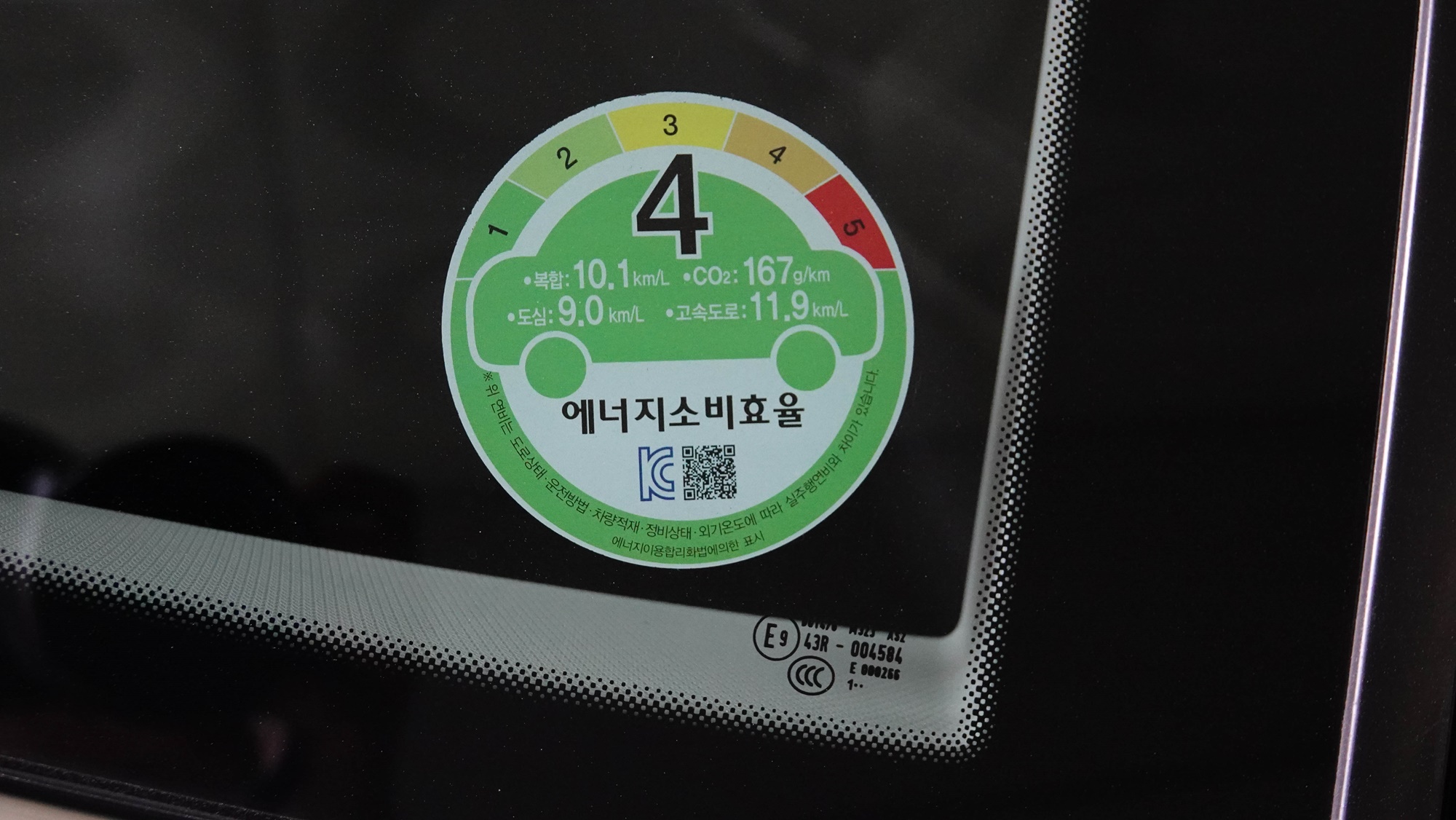
It features a ‘Proactive Occupant Protection System’ that tightens the seatbelts and closes the windows and sunroof to prevent passengers from being ejected in the event of an accident. It is a function to hope never to use but reduces damage in critical moments.
The price is 53.74 million KRW. For a 7-seater SUV in the imported car market at this price, it is quite an attractive offer. It would serve as a great partner for moving not just one family but two as well. By utilizing Volkswagen Financial Services programs, various ways to ease the financial burden can be proposed.
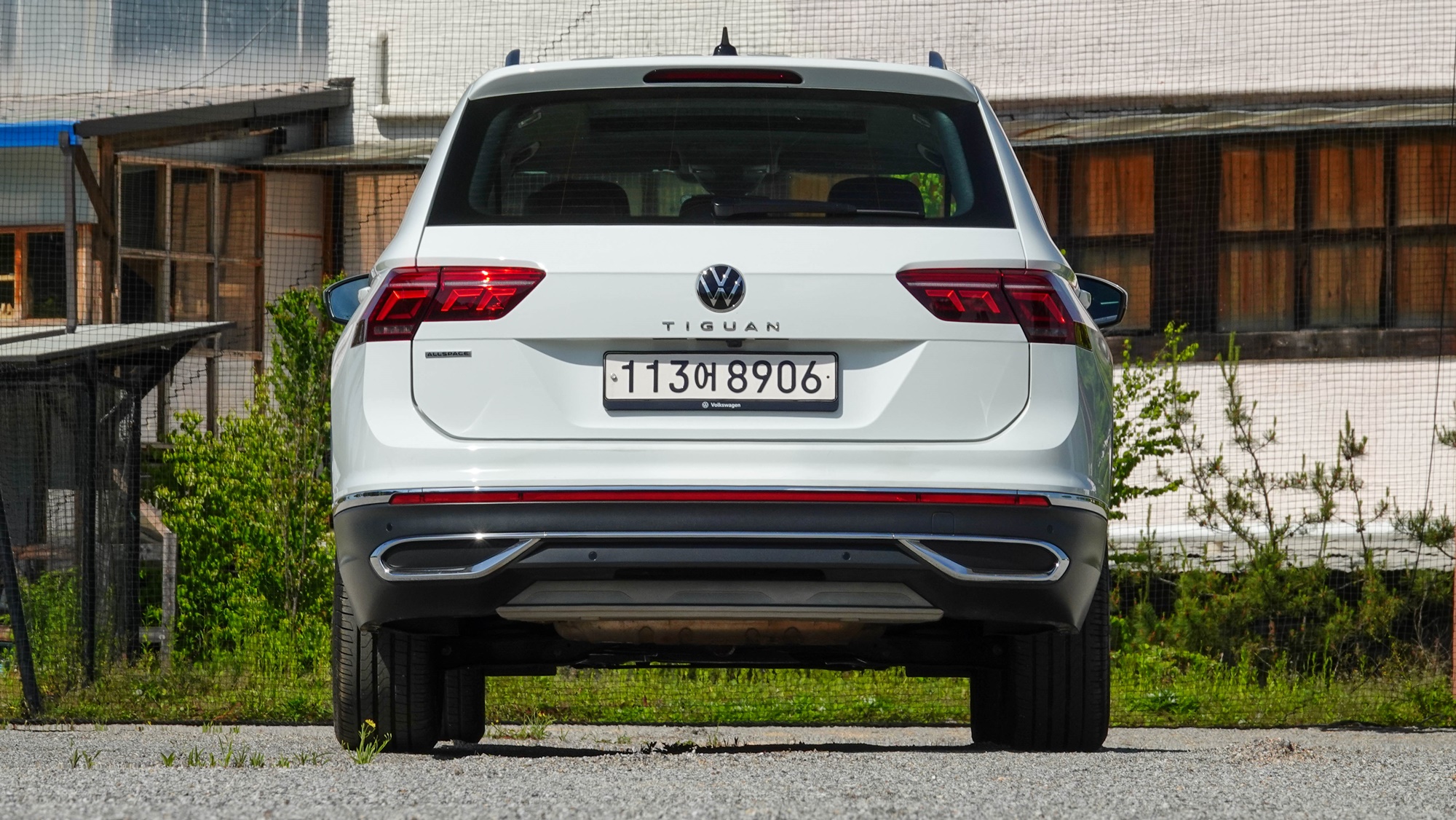
By Joong-hoon Oh – Direct and to the Point
The official combined fuel economy is rated at 10.1 km/L, which is disappointing. While it may be fortunate that it exceeds 10 km per liter, consumers are likely to expect better efficiency than that. Of course, there is a chance of achieving better fuel economy in real-world driving conditions.
There is a lever for folding the third-row seats in the trunk, but it looks flimsy. I worry that it might break if pulled too hard. Its length gives it a weaker appearance. Would it not be better if it were shorter? I find myself worrying about such non-worries.
Oh Joong-hoon yes@autodiary.kr

